The fantastic Tarkine and magnificent East Coast
We have visited Tasmania several times. On the East Coast, we took a day trip to explore Maria Island. From St Helens, we hiked through the amazing the Bay of Fires. In the North, we explored the Western Tiers and went on a memorable hike at the Walls of Jerusalem. On the wild West Coast, we ventured into the remote Tarkine and enjoyed a scenic cruise along the Arthur River.
Maria Island
Maria Island is a stunning island off the east coast of Tasmania. The island can only be accessed by a ferry. It is known for there long sandy beaches, fantastic cliffs, abundant wildlife and rich history.
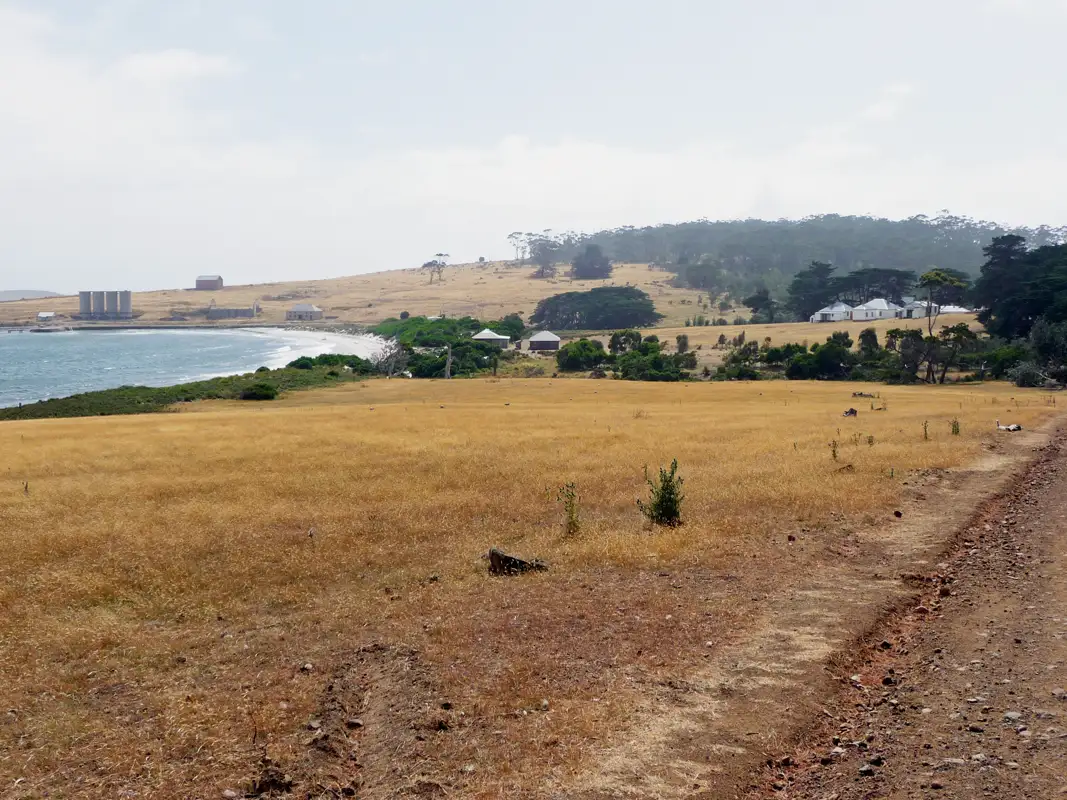
The ferry trip from Triabunna to Maria Island takes about 30 minutes, though the sea can sometimes be quite rough. Once on the island, we spent half a day exploring its fascinating landscapes and rich history before returning to Triabunna.
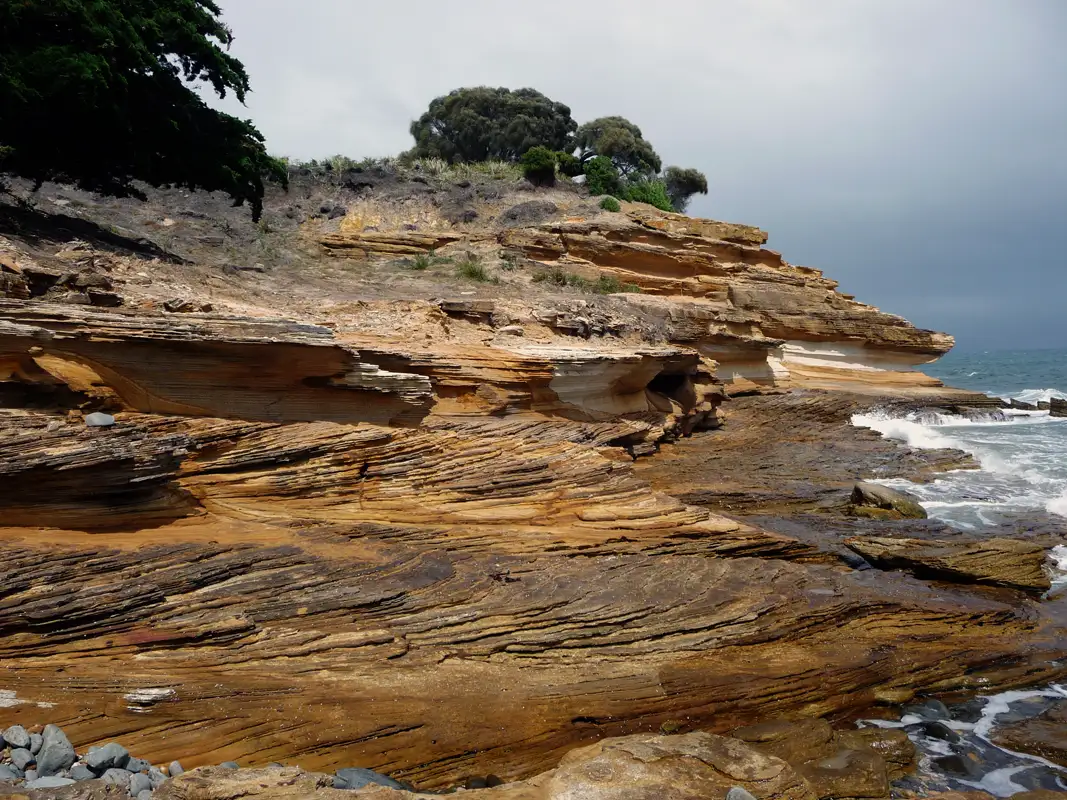
First, we hiked to the Painted Cliffs, one of Maria Island’s most popular attractions. Accessible only for a few hours around low tide, these stunning sandstone formations have been sculpted by wind and waves over time. Iron-rich groundwater created stain streaks of orange, red and purple into the cliff, a beautiful natural masterpiece.
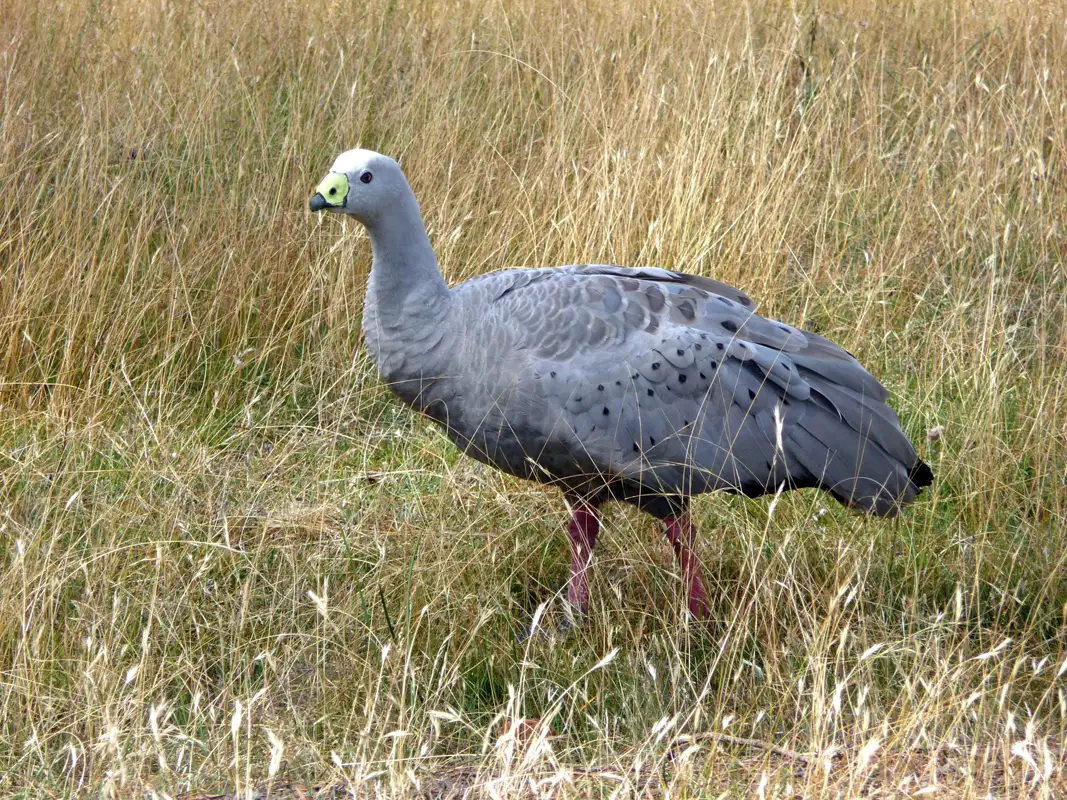
While hiking, we also saw Cape Barren geese. They once considered one of the rarest geese in the world, were introduced to Maria Island to secure their survival, and the destination was named Tasmania’s Noah’s Ark in the 1970s. Today, it’s an island sanctuary and one of the best places in Australia to observe wombats, Tasmanian devils, Cape Barren geese, kangaroos and wallabies.
Apsley Gorge
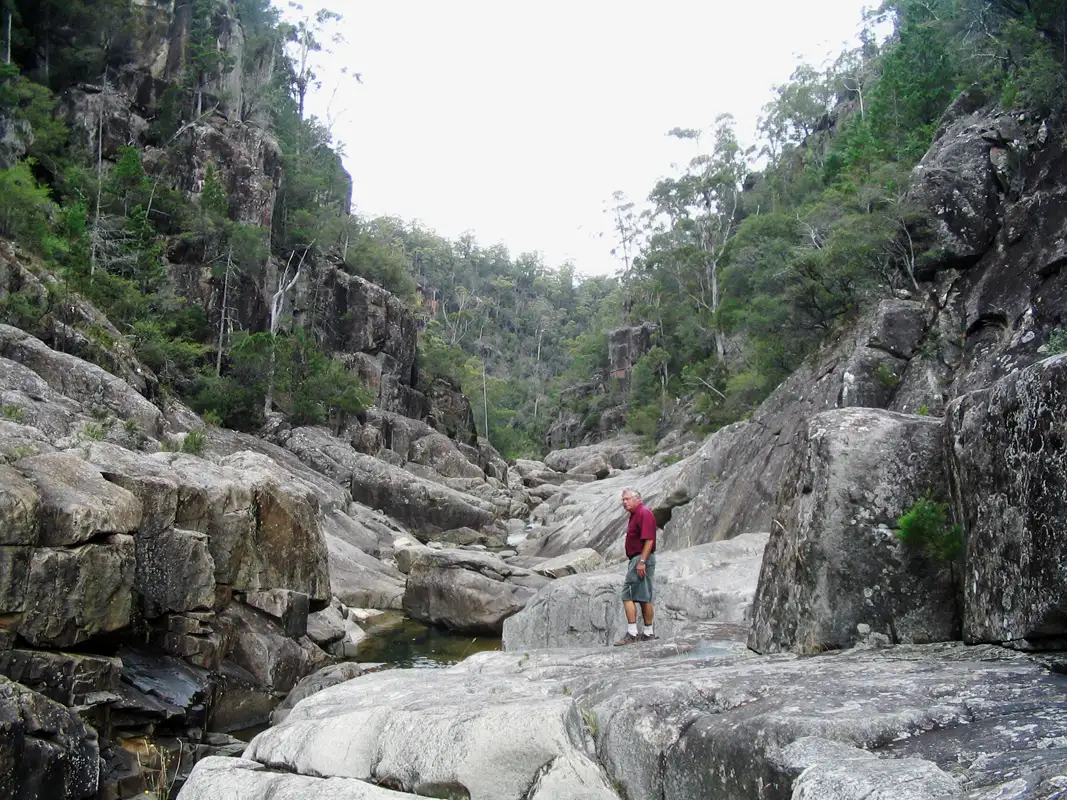
On Tasmania’s East Coast, we tackled the challenging Apsley Gorge Circuit hike. This eight-kilometer, four-hour trek begins with an easy walk before leading into rugged terrain, where we scramble through deep river gullies, past waterfalls and tranquil waterholes. Finding the exit proved tricky, adding to the challenge of this hike.
Bay of Fires
The Bay of Fires, near Binalong, is famous for its turquoise waters, white sandy beaches, and the striking orange-hued granite rocks that line the shore. These magnificent secluded beaches are one of the most beautiful beaches in the world. A wonderful place swimming, snorkelling and walking stunning trails.
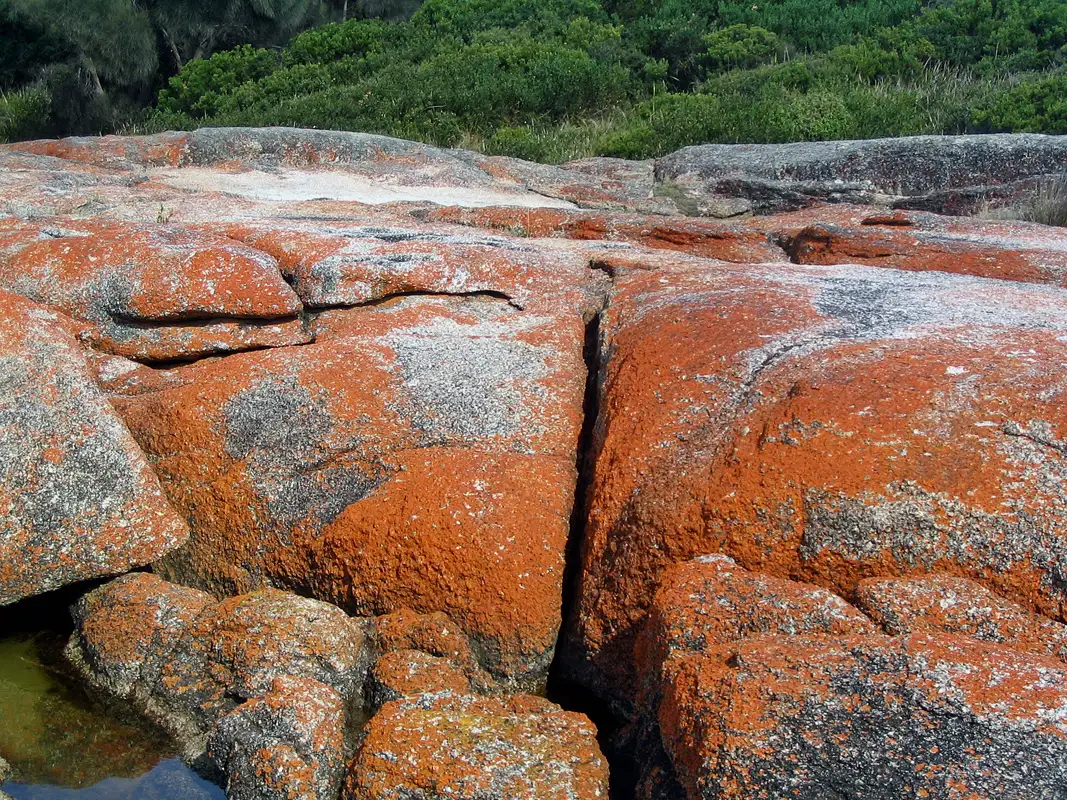
We also spent a few days in St Helens hiking and exploring the “Bay of Fire”. We thought the name came from the wonderful boulders coated with orange lichen, but we were wrong. The Bay’s iconic name comes from Captain Tobias Furneaux as he sailed past in 1773, spotting Aboriginal fires lighting up the coast line.
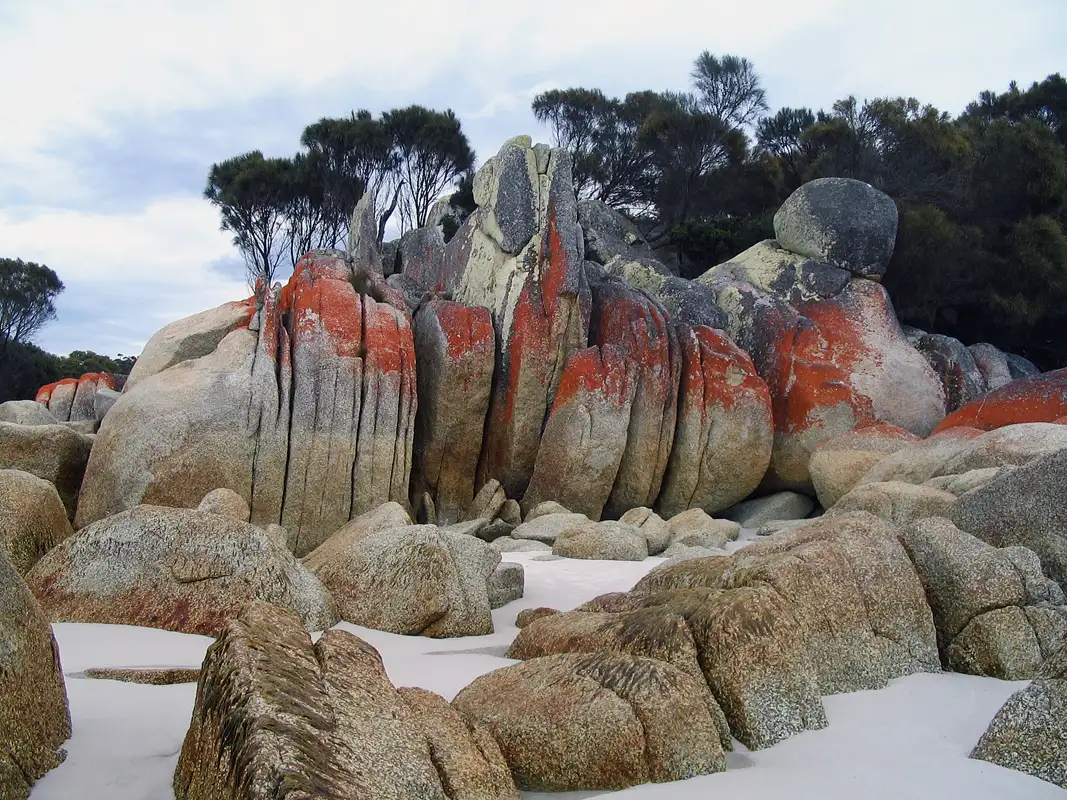
There are spectacular places with amazing colourful rock formations.
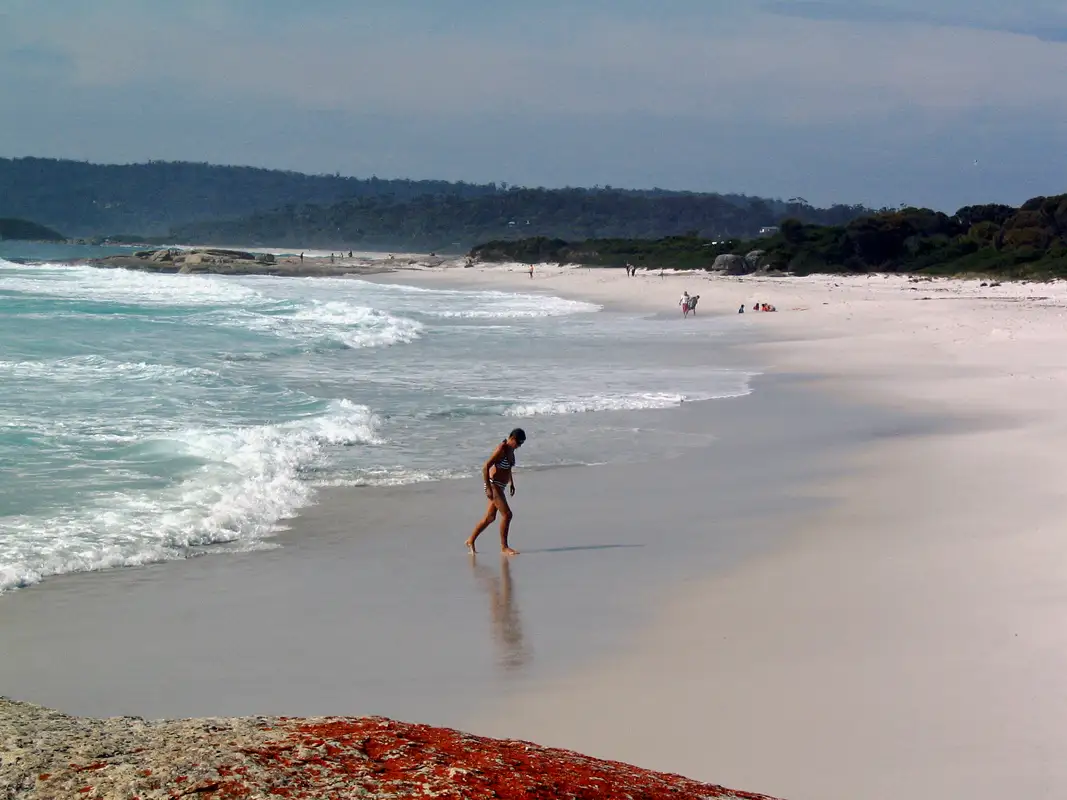
in the Bay of Fires, we walked along pristine white sand beaches beside the shimmering turquoise waters and took a refreshing swim in the cool, clear waters of Binalong Bay.
Western Tiers, Walls of Jerusalem
The Western Tiers in northwest Tasmania is a hiker’s paradise. There are countless tracks through temperate rainforest, dolerite cliffs, and stunning lakes and waterfalls. We explored this beautiful region multiple times from the charming town of Deloraine. The Walls of Jerusalem National Park is a spectacular and remote alpine region with no road access. There are fantastic hiking opportunities, but most trails require an overnight stay. Hikers must carry a tent and supplies
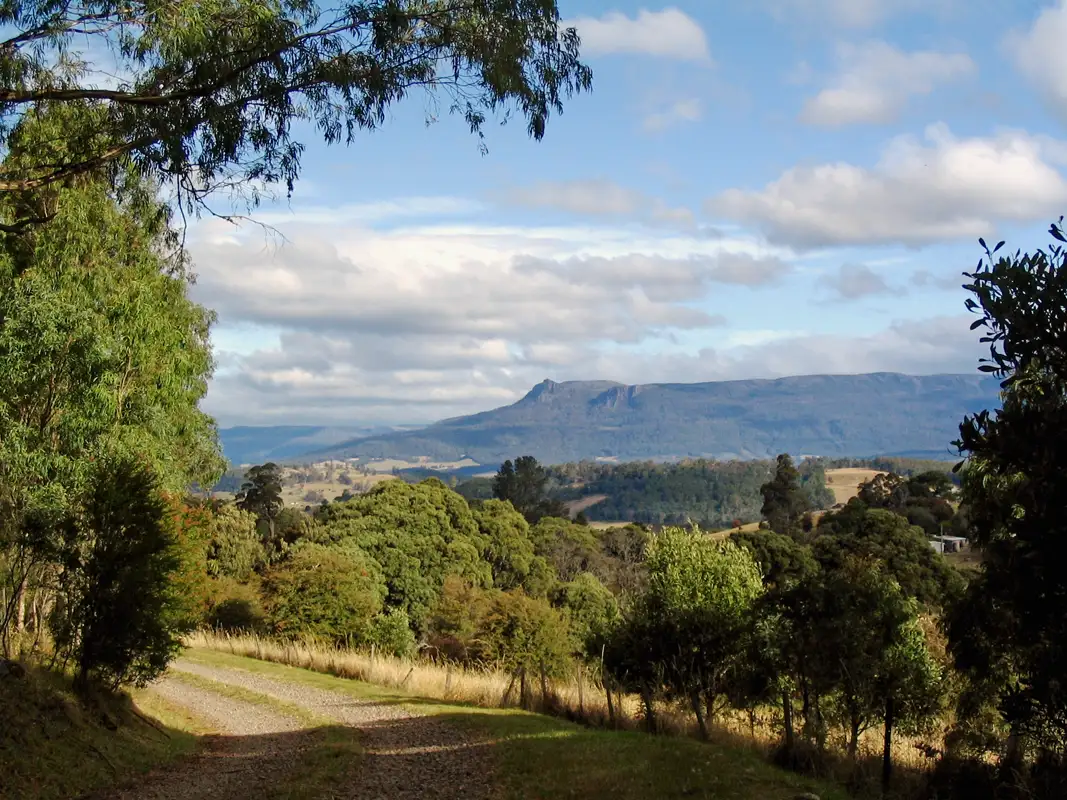
We stayed in Deloraine several times, as it makes an excellent base for exploring Cradle Mountain, Mole Creek, Liffey Falls, and the Central Highlands. Beyond its great location, we also enjoyed its vibrant arts scene, antique and craft shops, charming cafés, and nice pubs. When we needed a break from hiking, we took on the challenge of the local 9-hole golf course.
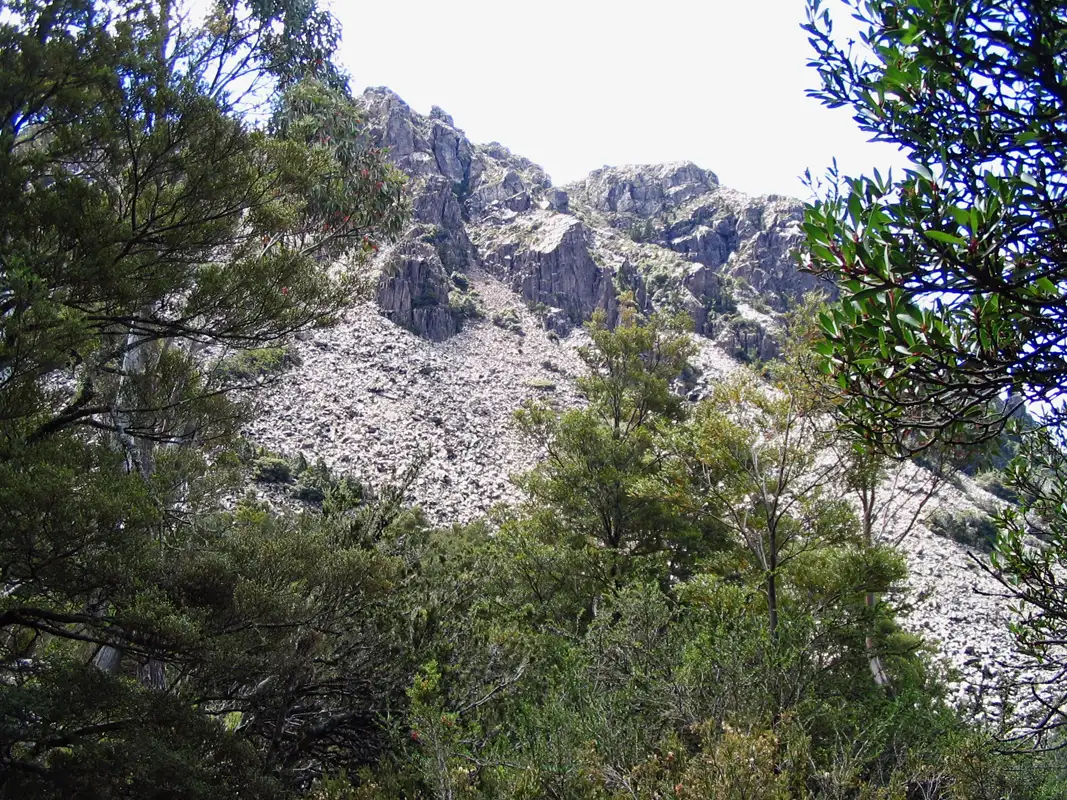
The hike to the Meander Falls begins alongside the lovely Meander River, followed by a steep climb through the forest to the waterfalls. Then It’s a tough and steep Grade 3 hike (10km, 6 hours). Be mindful of snakes we saw three in the lower section of the trail.
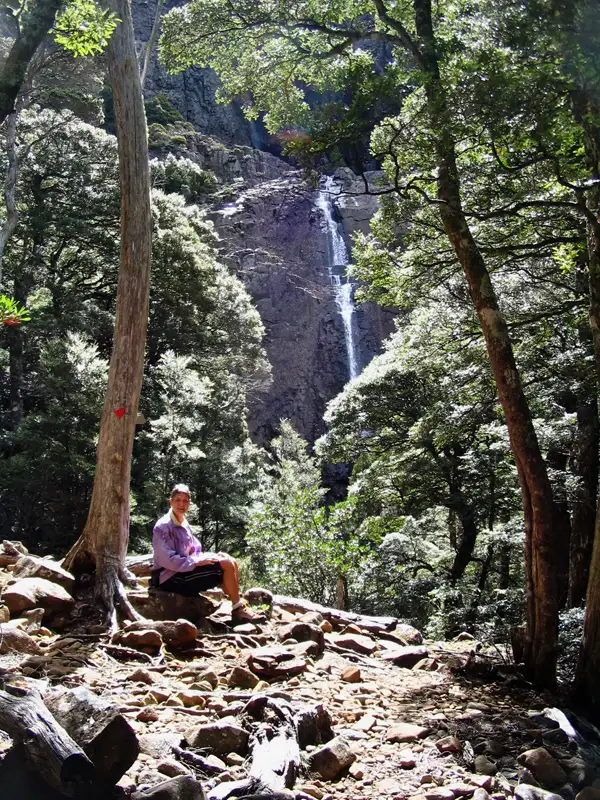
The top of the Meander Falls is over 1000 metres above sea level. This was a fantastic spot for picnic lunch, with a spectacular view of the 130m high falls.
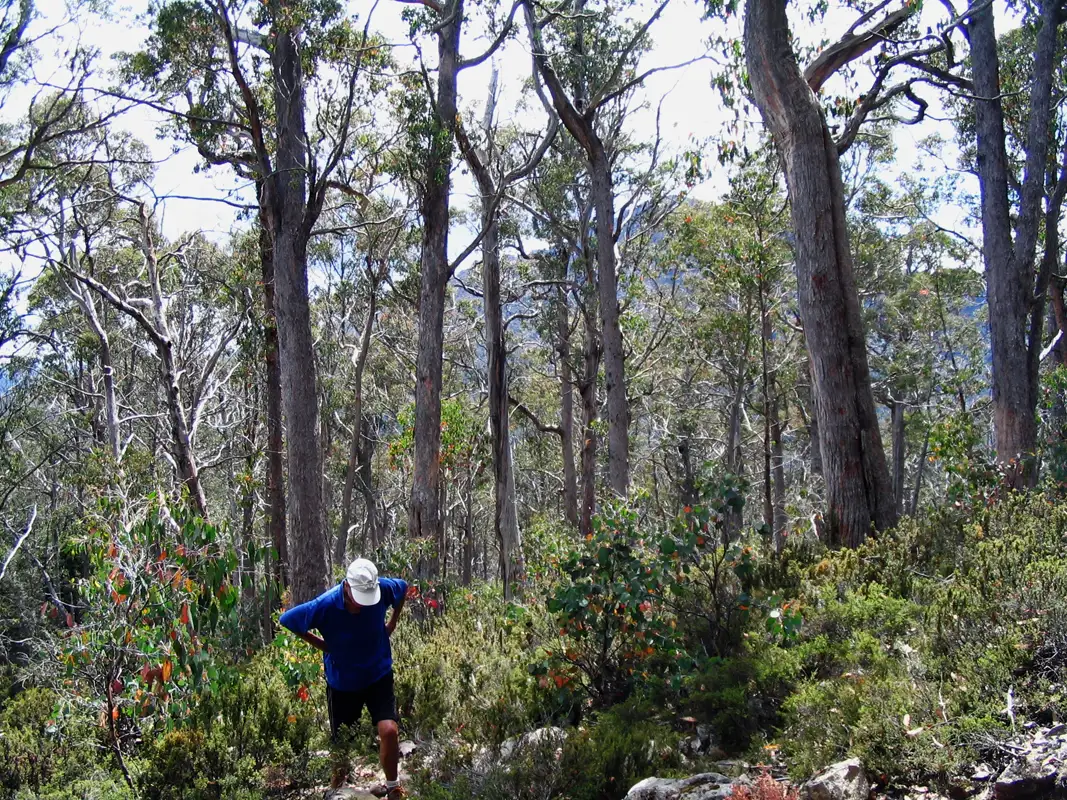
During our time in Deloraine, we never attempted an overnight hike in the Walls of Jerusalem we preferred the comfort of nice accommodation over sleeping in a small tent. We’re simply too old for that! However, we still wanted to experience the park, and we decided to do a day hike instead. In hindsight, it wasn’t the best idea. The first section of the track to Trapper Hut is the toughest, with a relentless ascent gaining 380 metres in just 2.5 km.
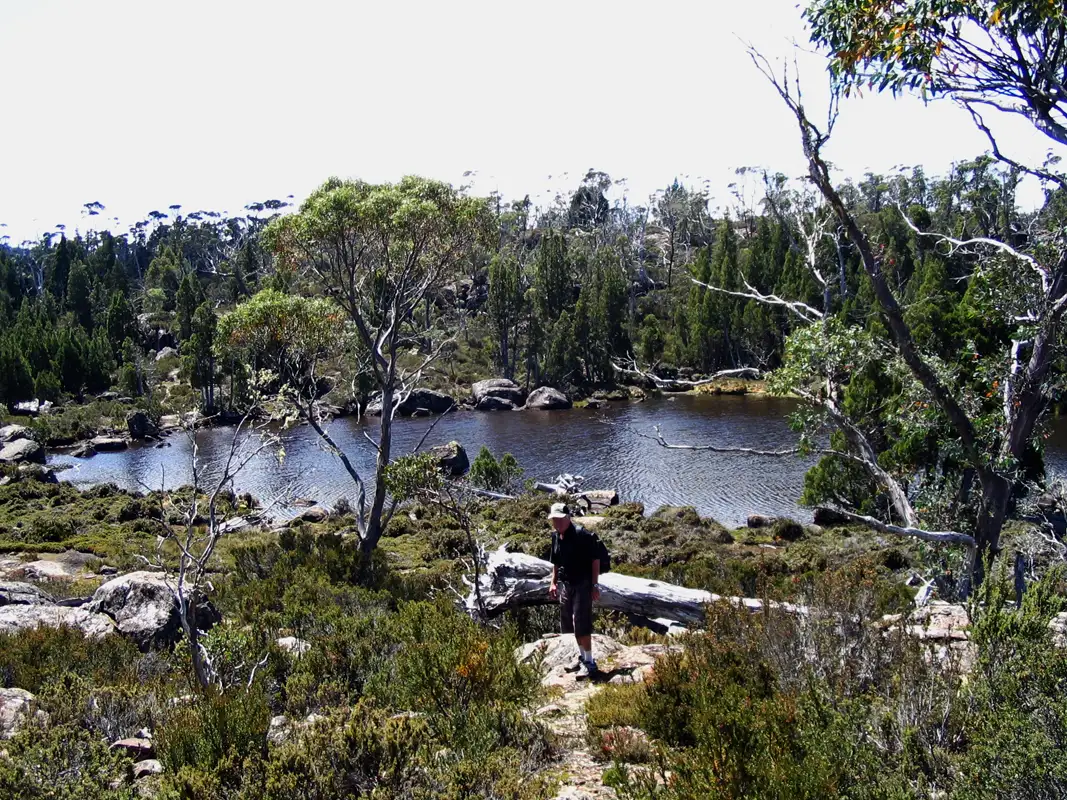
After a short break at Trapper Hut, we continued climbing until we reached a rocky plateau. There was the beautiful tarn, Solomon’s Jewels, surrounded by majestic Pencil Pines and rocks full of bright orange lichen. In the far distance the Walls – the majestic mountain which is King David’s peak. Instead of enjoying the scenery and having a picnic lunch, we had to rush back because a thunderstorm was approaching fast. Tough luck!
The Tarkine – Takayna
The Tarkine, a vast wilderness in northwest Tasmania, is home to Australia’s largest cool-temperate rainforest. This ancient forest is rich with myrtle beech, celery-top pine, and the rare Huon pine, is a haven for nature lovers. It’s a fantastic region to explore on foot, by kayak, or on a scenic river cruise.
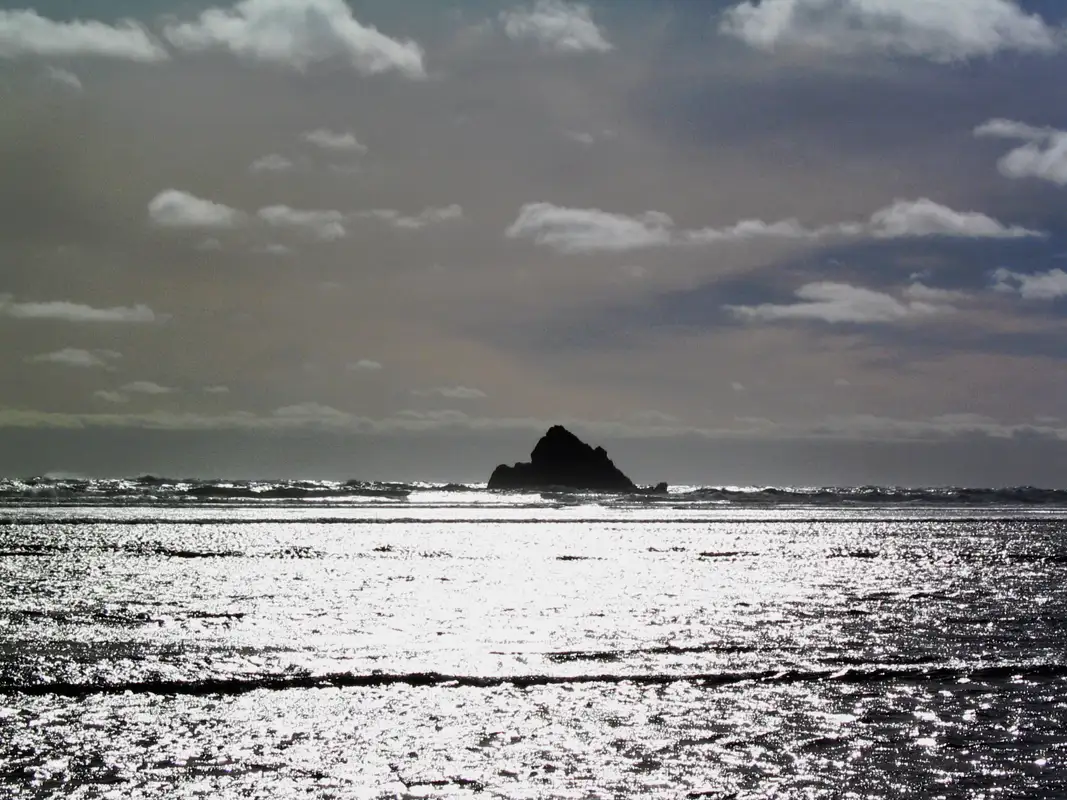
During our trip along the West Coast, we spent a few days in Arthur River, a small fishing hamlet. It’s the perfect base for exploring the wild, coastline and the pristine Tarkine wilderness. Here, you’ll have the chance to spot Tasmanian wildlife, including Tasmanian Devils, Sea Eagles, and platypuses.
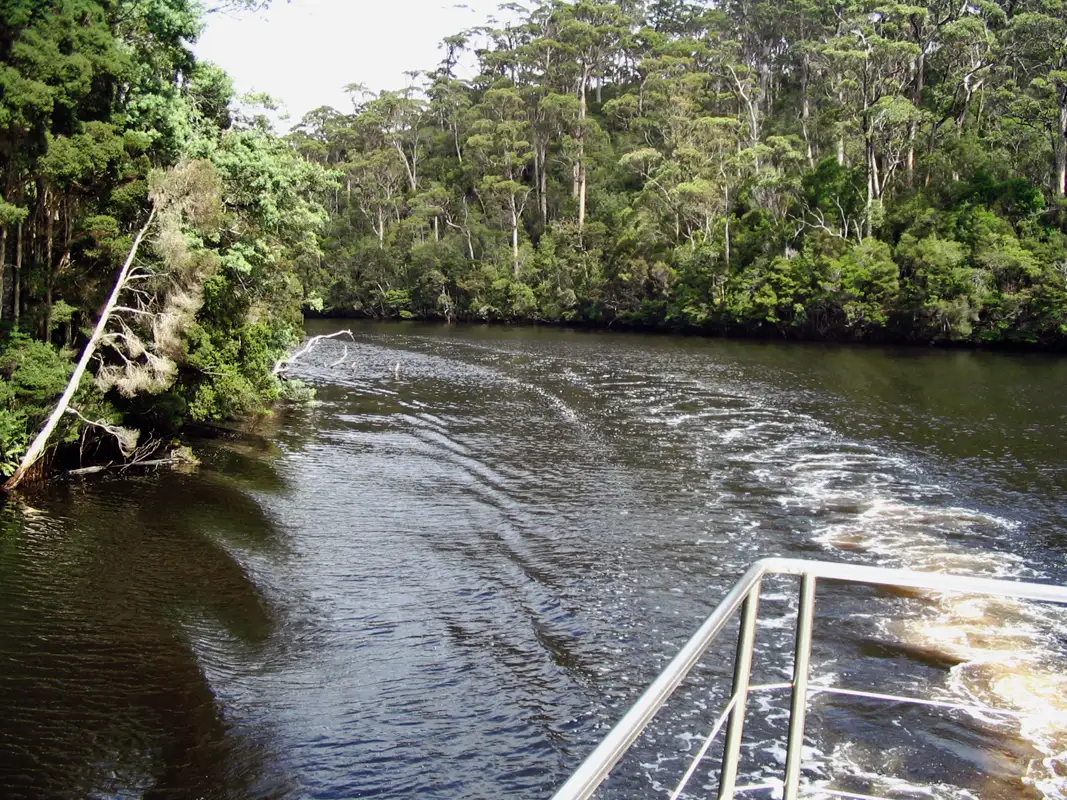
From Arthur River, we took a 5-hour cruise along the Arthur River into the Arthur Pieman Conservation area. While sailing, we passed through a rainforest of myrtles, sassafras, celery-top pine, and giant tree ferns. We also saw some white-bellied sea eagles and tiger snakes crossing the river.
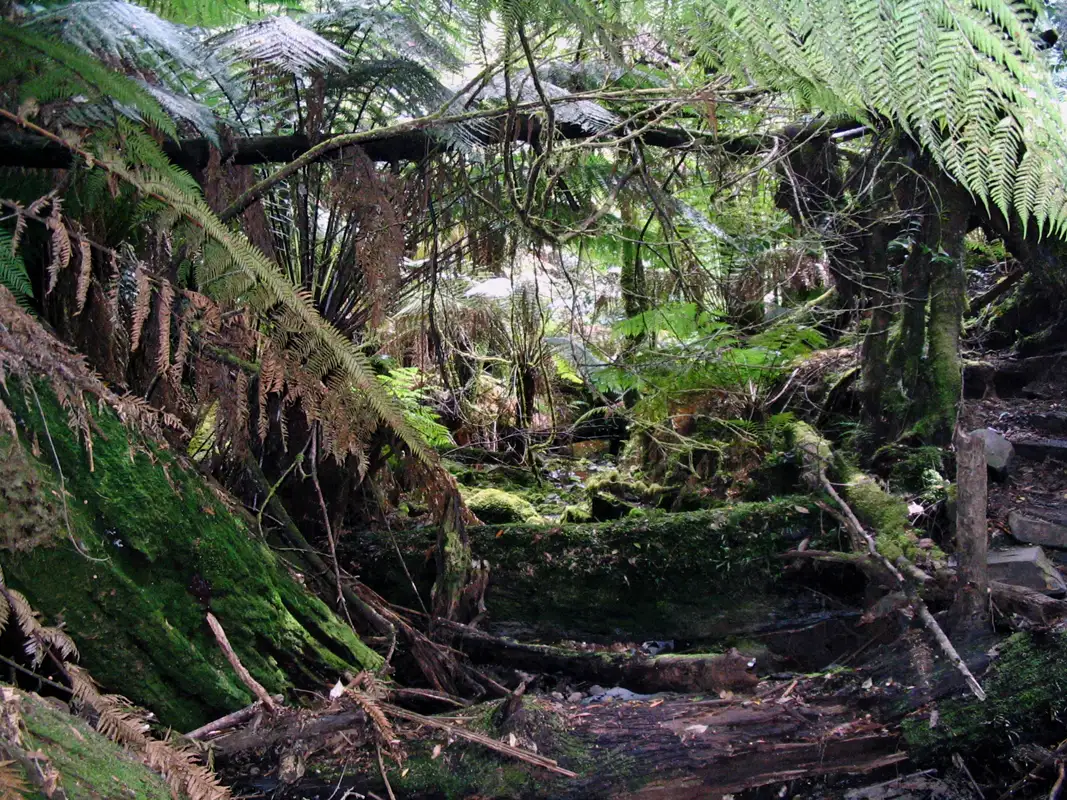
Upon arriving at Warra Landing, we went on a guided hiking tour through the pristine wilderness and were excited to see a spotted quoll and some snakes.
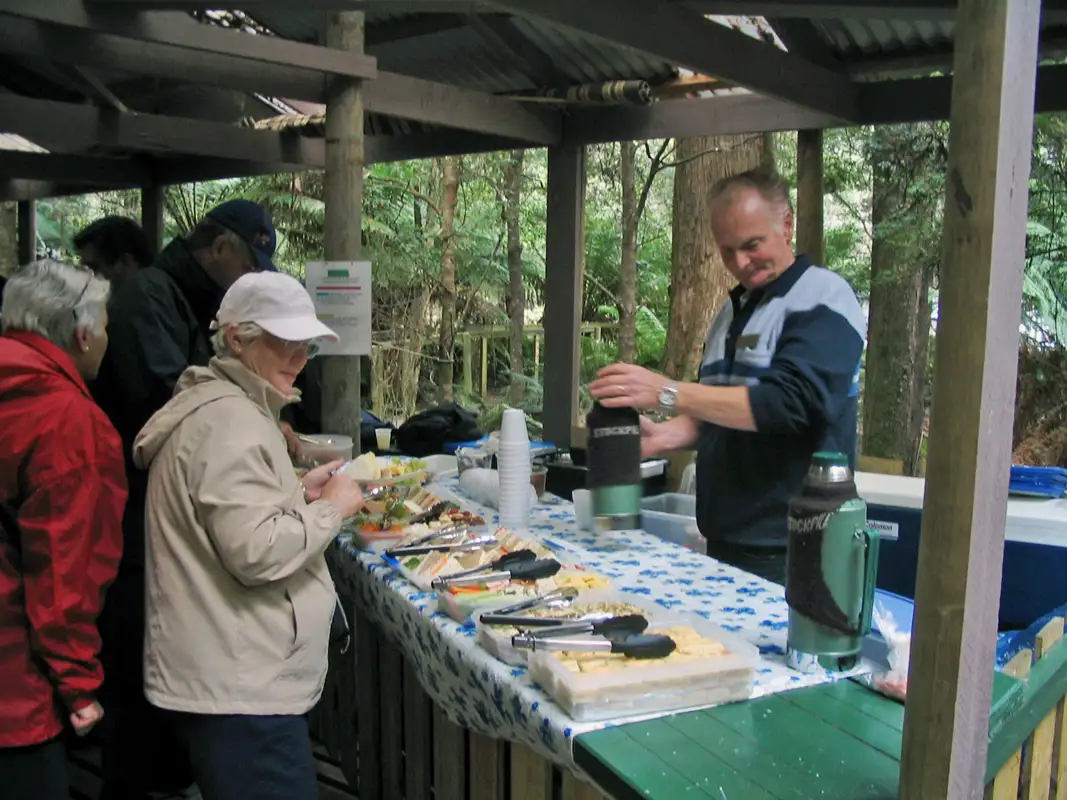
After the walk, we enjoyed a delightful lunch surrounded by the stunning wilderness before cruising back.
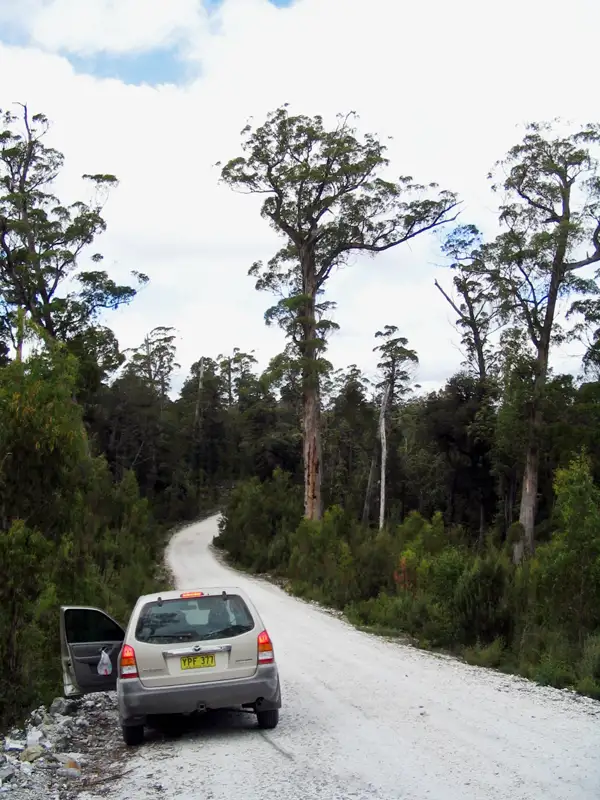
The next day, we took the Western Explorer Highway, a remote, unsealed gravel road leading to Corinna. It took us two hours to travel the 75 km road to get there because it is rough, with narrow, steep, and winding sections. Along the way, we stopped for a fantastic hike deep in the wilderness and were lucky to spot a Tasmanian Devil.
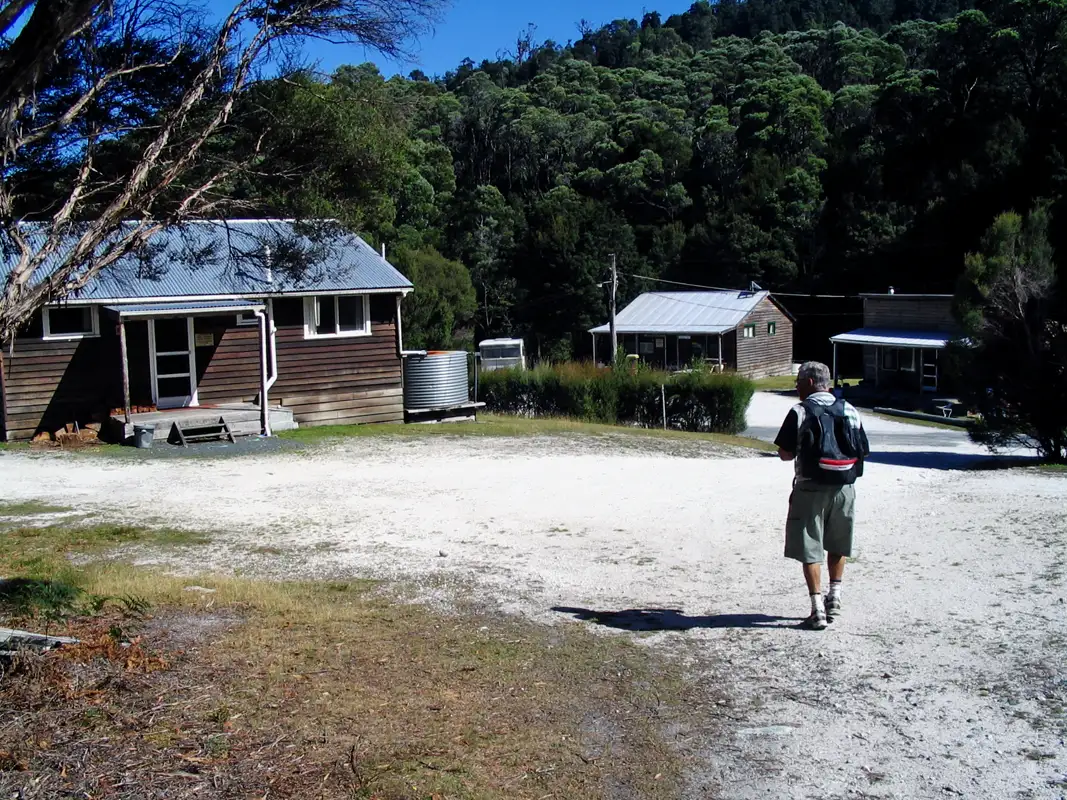
During the gold rush of the mid-1800s, Corinna was a thriving town with over 1,000 people. When we visited in 2005, we stayed in one of the old miner’s cottages, a relic of the past. The cottage had a large stove for heating water, which we used for a hot shower. The electricity was turned off at 9 p.m., and we had a good night’s sleep. Today, Corinna has transformed into a modern Tarkine Wilderness Village.
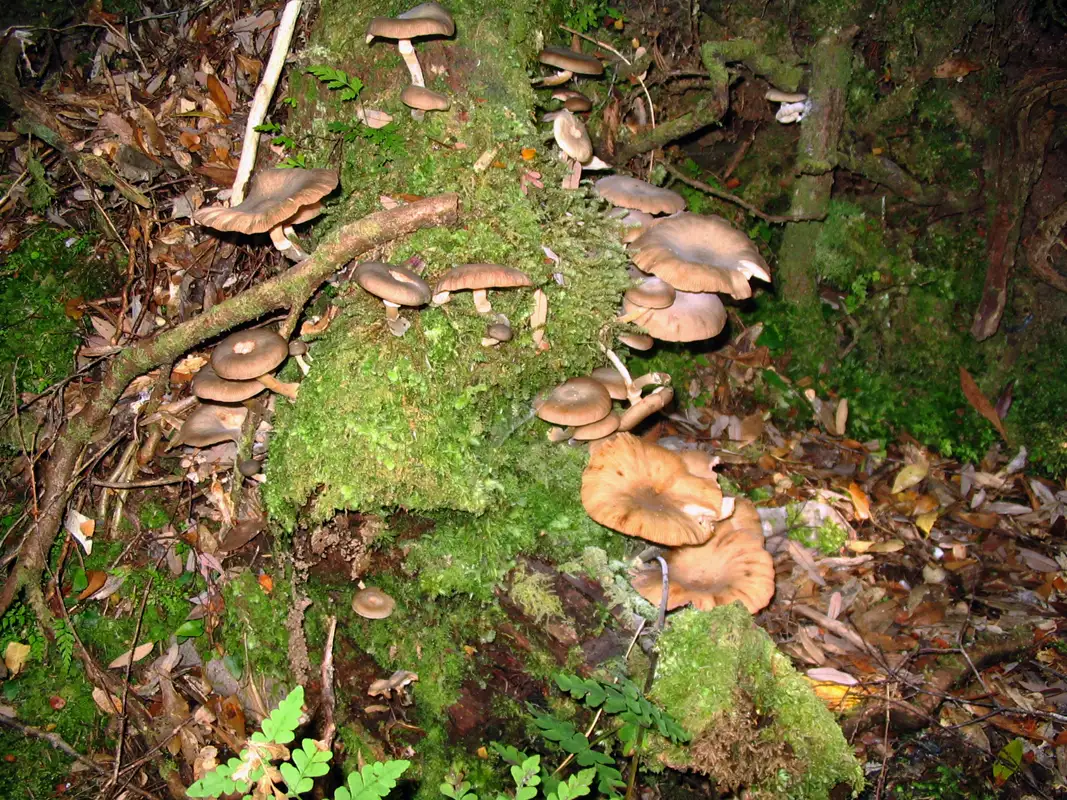
The following morning, we hiked the Whyte River Loop through the Tarkine Forest and along the Pieman River. You need to be careful where you step as there are many tree roots on the path, but worth the walk. We also spotted some pademelons and you may spot a platypus if you are lucky!
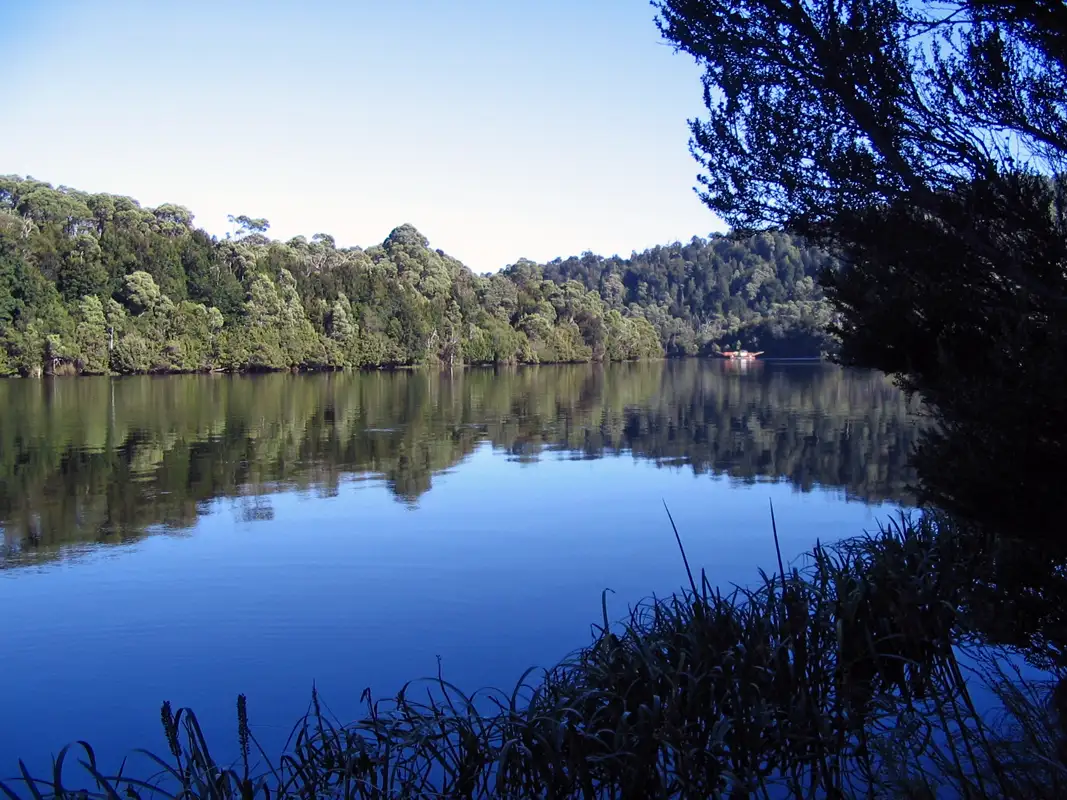
After the walk we took a ferry across the river and waved goodbye to the amazing Tarkine
Lake Pedder
Original Lake Pedder was much smaller and famous for its pink quartzite beach. The beautiful lake was flooded in the 1970s as part of a hydroelectric system. The project was very controversial. It is a great place for kayaking, fishing, boating, and bushwalking.
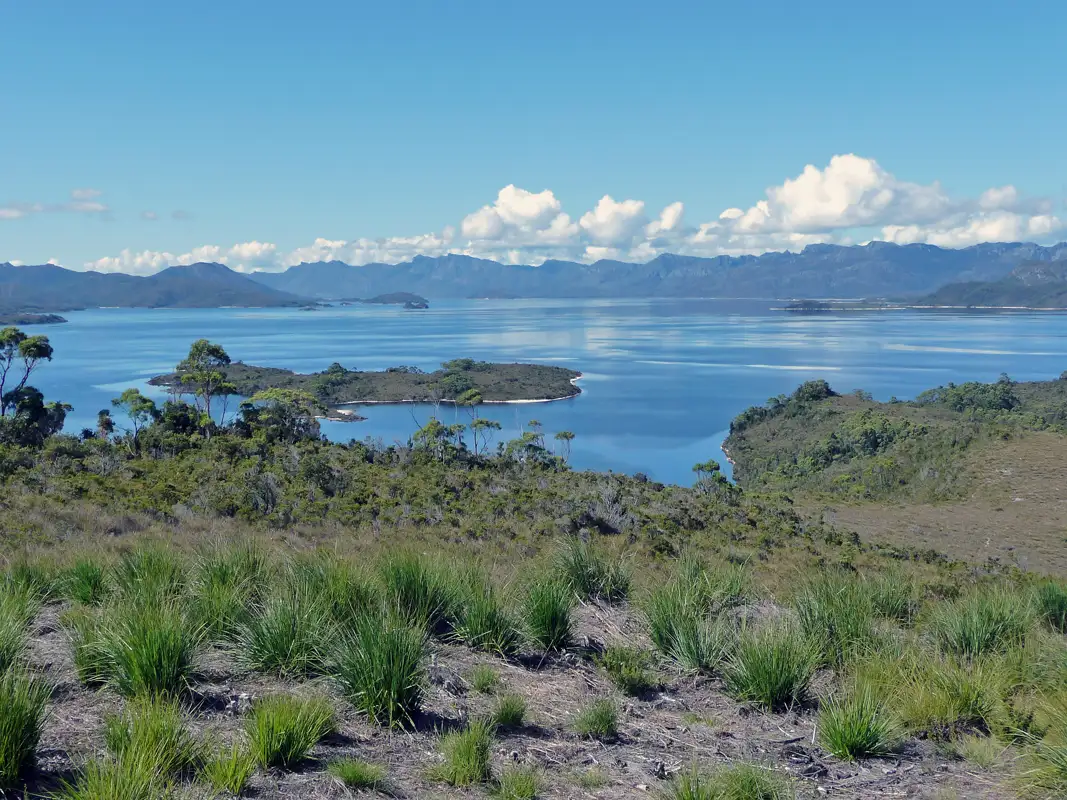
Lake Pedder was once a picturesque lake with a pink quartzite beach. Despite widespread conservationist concerns, the lake was drowned in 1972. The flood submerged around 230 square km of woodland and fauna.
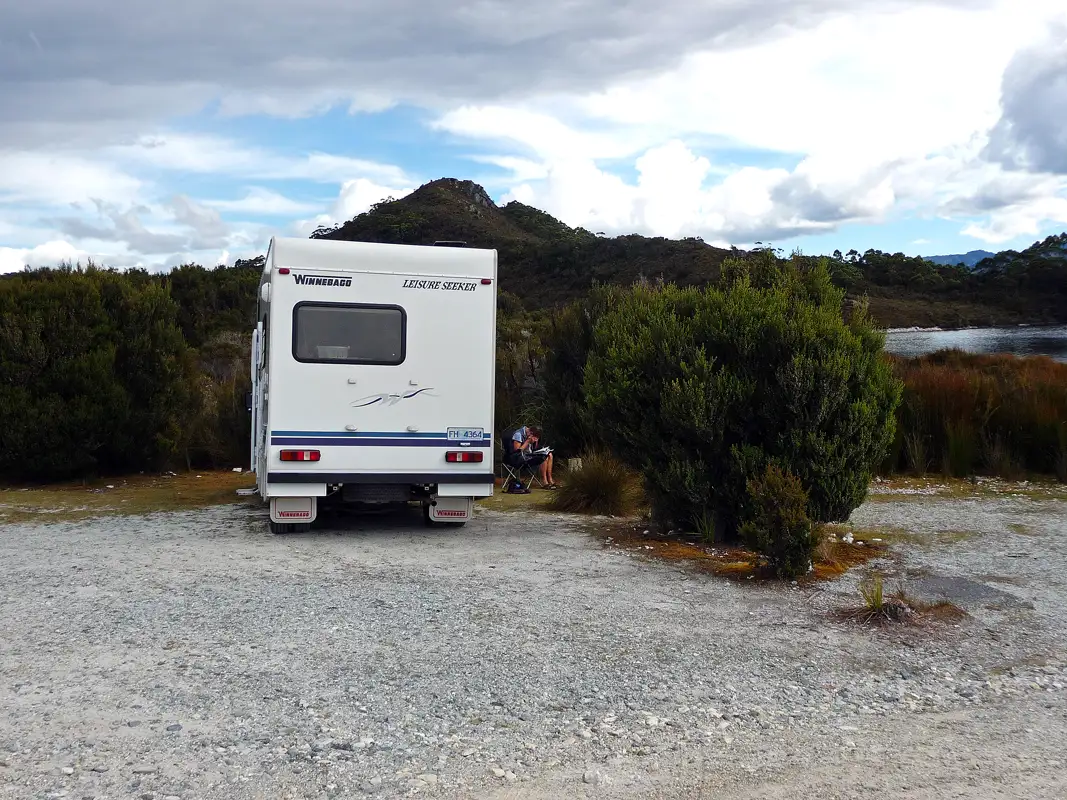
We stayed with our motorhome at Teds Beach Campground, at Lake Pedder in the South West National Park, for a night. It was quiet and serene, with a breathtaking sunset.

I was lucky to have a 5 stars chef in our motorhome. Tonight’s dish includes smoked quail, asparagus, broccoli, and a creamy mushroom sauce.
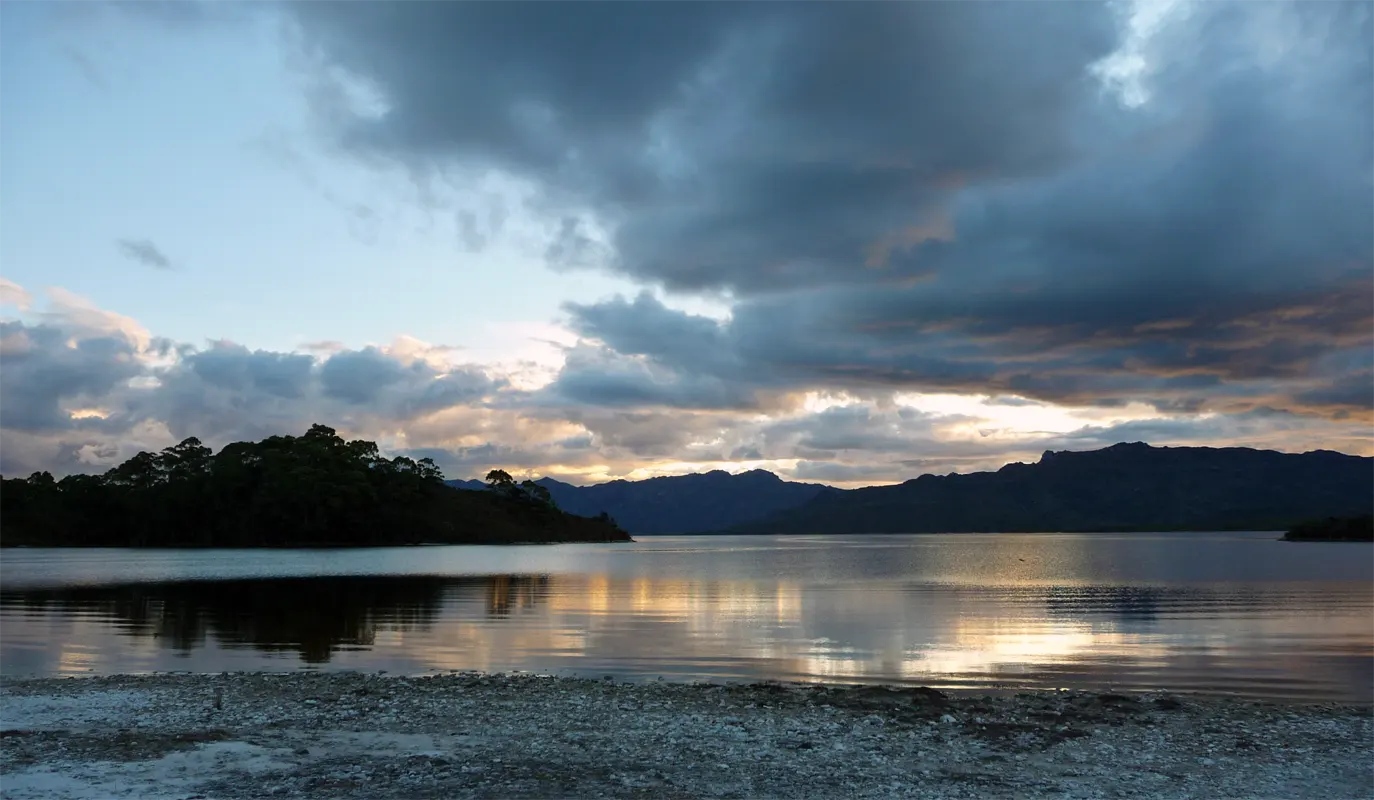
We were privileged to have Lake Pedder all to ourselves.
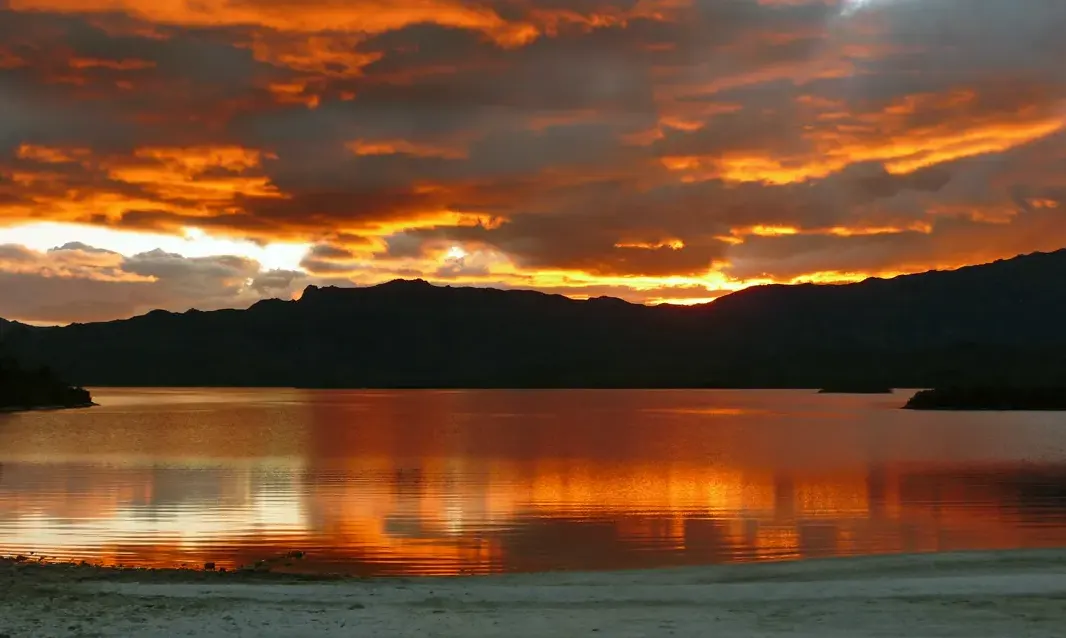
As the sun dipped below the horizon, the colour shifted from silver to rich gold in just 20 minutes.
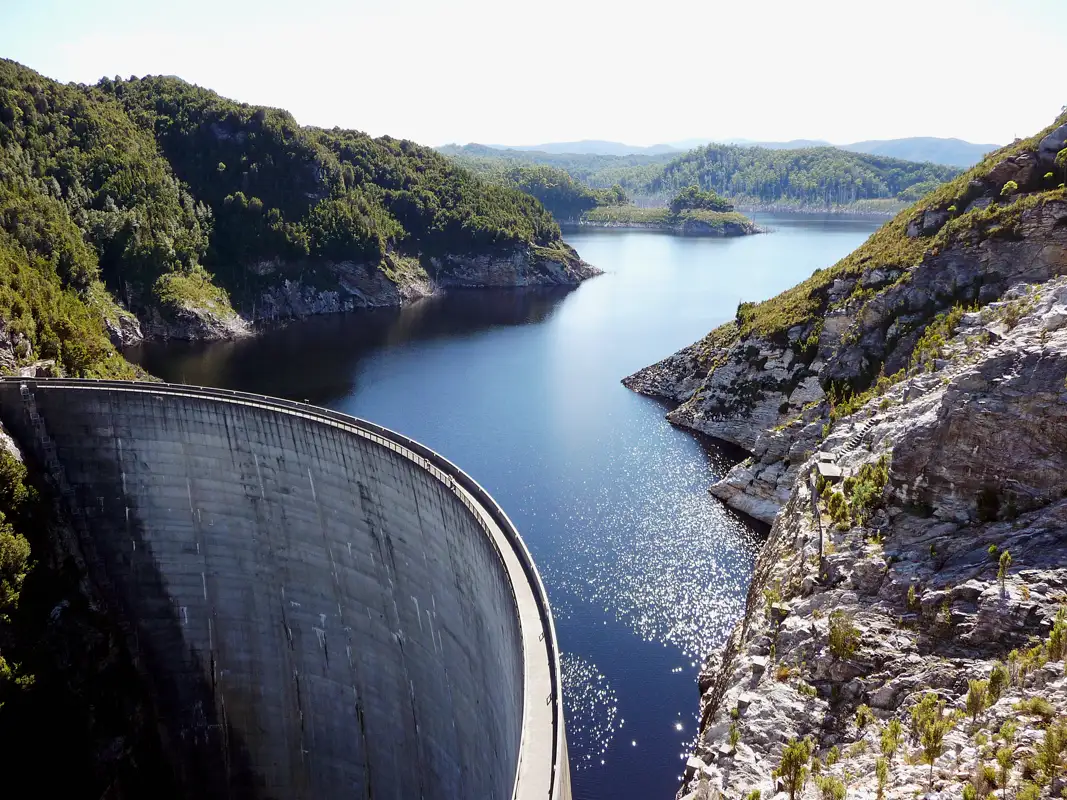
Gordon Power Station is Tasmania’s biggest power station. The Gordon River dam is 140 metres high, and water from Lake Gordon flows into the river.
More from Tasmania: Hobart and South
More from Tasmania: Mt. Field and Cradle Mountains